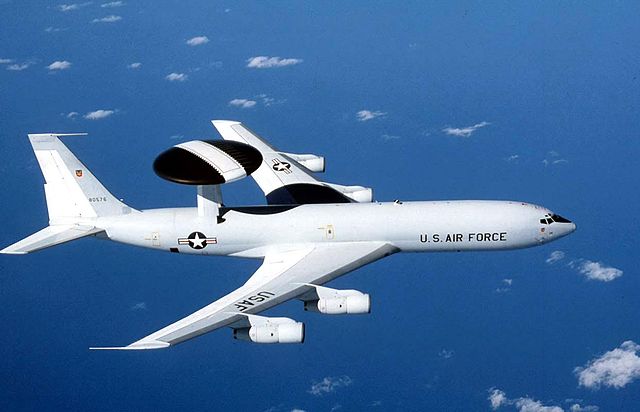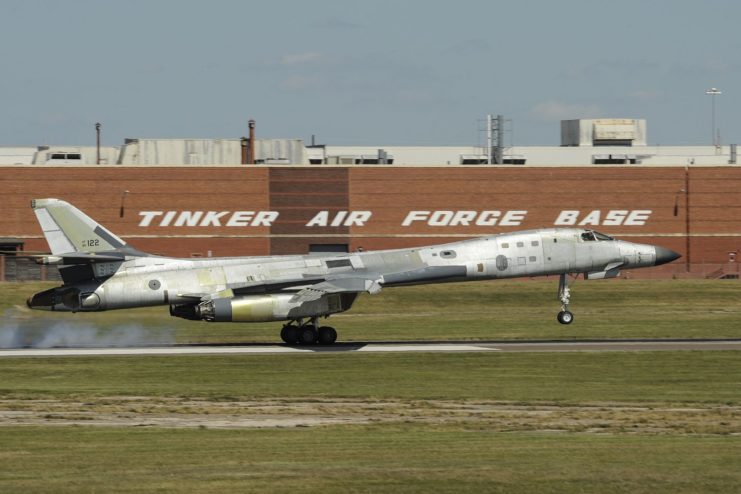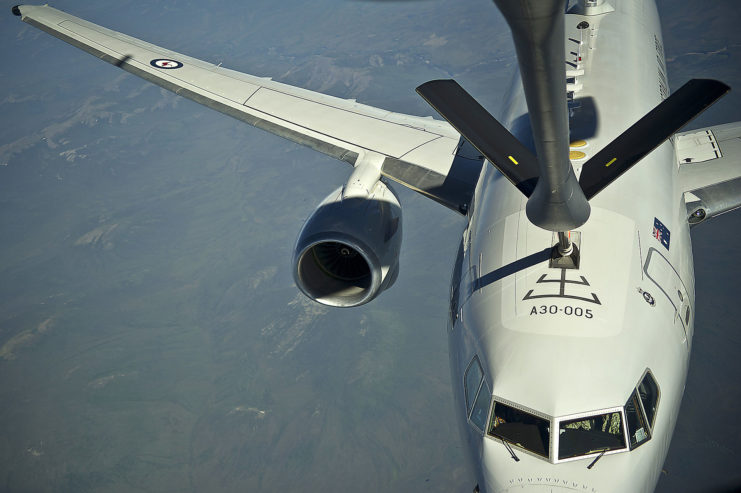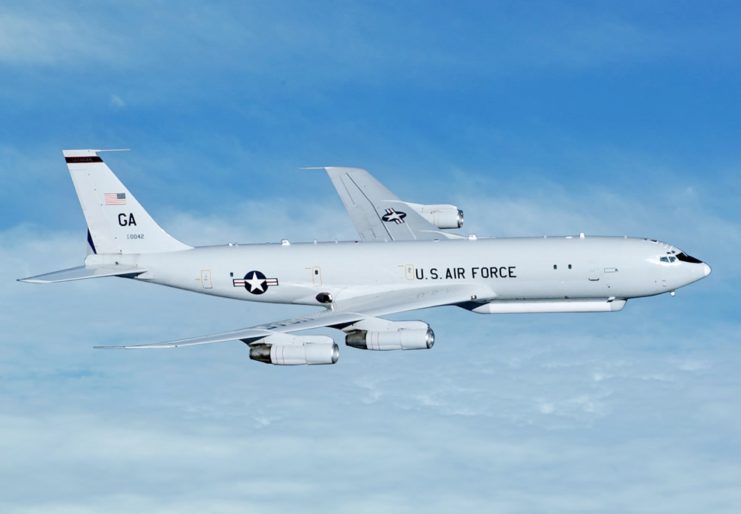US Air Force Asks Congress for Permission to Retire Aging Boeing E-3 Sentry Fleet
The US Air Force has presented its budget proposal to Congress for the 2023-24 fiscal year. Totaling $194 billion dollars, it includes a request to replace the service’s decades-old radar planes, a fleet of Boeing E-3 Sentries.

The budget, with includes requests for both the Air Force and Space Force, requires Congressional approval before both services can move forward with their proposed plans. Speaking in a press release, Secretary of the Air Force Frank Kendall said that the 2023 fiscal year proposal is “designed to build momentum for additional transformation in future budgets,” while also providing resources for each service’s immediate needs.
“The Department of the Air Force’s fiscal year 2023 budget request provides a sound balance between meeting combatant commanders’ immediate needs today while investing in modernized capabilities the Air and Space Forces require to deter and, if necessary, defeat aggression by China or Russia in the future,” he said.
“This is not the end of a process; rather, this is accelerating a necessary and on-going transformation,” he continued. “We will need Congress’ continuing support for this budget and for the hard choices to come as we address our pacing challenge.”

Among the requests in the 2023-24 fiscal budget proposal is a desire to replace the service’s 50-year-old radar planes. The Air Force would like to retire 15 E-3 Sentries – nearly half its fleet – from Tinker Air Force Base, Oklahoma. It is requesting $227 million to start the retiring and replacement process for the E-3, which is more commonly known as the airborne warning and control system (AWACS).
The E-3 Sentry has been used by the Air Force since the 1970s, and its design is based on the Boeing 707 airliner, which was flown in the 1950s. Recently, Gen. Mark Kelly, head of Air Combat Command, said the aircraft has difficulty flying “1/8 of a mile away from a depot – and that’s with the finest sustainment enterprise on the planet.”
At present, both the US and its NATO allies have been flying E-3 Sentries to monitor European airspace following the Russian invasion of Ukraine in late February 2022.

According to Kendall, a decision has yet to be made regarding what the Air Force would replace the E-3s with. However, he does have a likely candidate, the Boeing 737 AEW&C – better known as the “E-7 Wedgetail.”
“We’ve got to take a look at requirements and do some market research,” he said during a media roundtable on April 1, 2022. “The leading candidate, quite obviously, is the E-7, but we want to do our due diligence.”
The E-7 Wedgetail is a twin-engine aircraft based on the Boeing 737-200 airliner. It’s lighter than the E-3 Sentry and has a fixed scanned array radar that can track ground vehicles, aircraft and ships, according to the radar’s manufacturer, Northrop Grumman. It was developed by Boeing during the late 1990s-early 2000s for the Royal Australian Air Force, and its variants are flown by the Armed Forces in South Korea and Turkey. Britain’s Royal Air Force has also placed an order for five of the aircraft.

More from us: UH-60A Black Hawk Helicopter Flies Without Pilots
Also mentioned in the budget proposal is the Air Force’s desire to retire most of its E-8C Joint Surveillance Target Attack Radar Systems (JSTARS) aircraft by the end of the 2024 fiscal year. According to Maj. Gen. James D. Peccia III, deputy assistant secretary for the budget, the planes “are not survivable” and would “be gone in a minute.”
He also added that the funds used to maintain the aircraft would be redirected to develop additional intelligence, surveillance and reconnaissance (ISR) capabilities.
The post US Air Force Asks Congress for Permission to Retire Aging Boeing E-3 Sentry Fleet appeared first on warhistoryonline.
Post a Comment
0 Comments